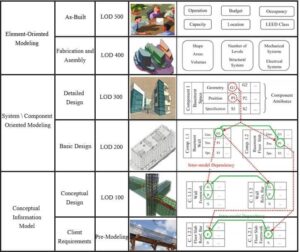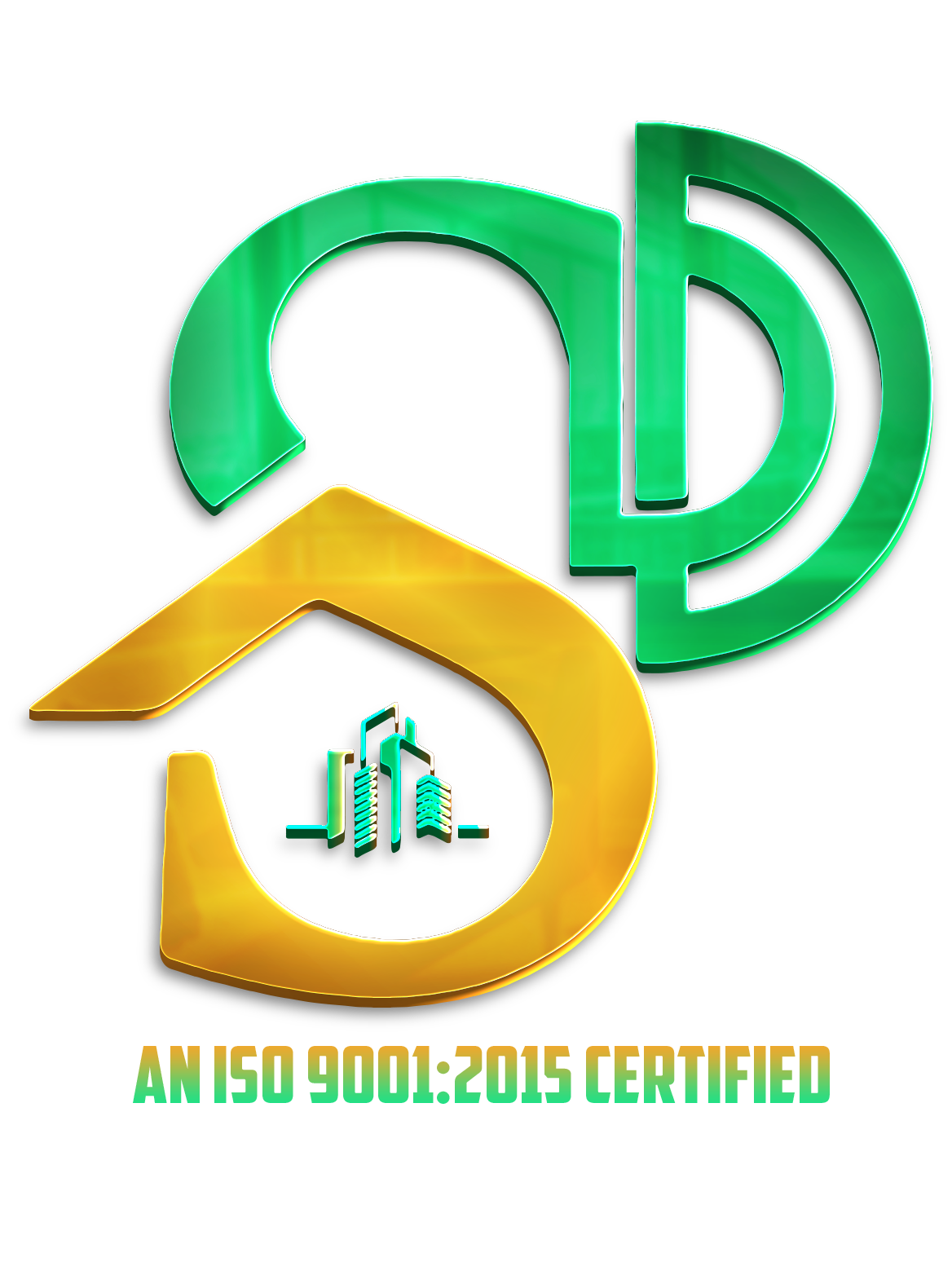
Architectural BIM Services
Strudco specializes in Architectural BIM Services, offering precise 3D models from LOD 100 to LOD 500 for construction and presentation stages. Our rendering services enable architects to visualize designs realistically, facilitating adjustments before construction. This iterative process ensures optimal design outcomes and enhances project efficiency.

Structural BIM Services
Strudco offers comprehensive Structural BIM Modeling Services, delivering detailed models crucial for on-site construction contractors to visualize and execute seamless construction processes. Our expertise spans Residential, Commercial, and MEP BIM structures, playing a pivotal role in BIM coordination processes.

BIM Workflow
BIM Level of Development (LOD) is an industry standard that defines how the 3D geometry of the building model can achieve different levels of refinement, is used as a measure of the service level required.
These development models are purpose built for various stages of design, 3D visualization, construction-caliber quantities, scheduling, estimations, on-site production control and fabrication.
Using the Level of Detail (LOD) industry specifications as a guide, STRUDCO’s 3D Modeling Service will create a 3D model of your projects based on the specificity required.
We also deliver animation services for LOD in the sequence for virtual construction sequencing and simulation to develop insights of how and what will be constructed.
STRUDCO has expertise of delivering LOD for different levels. STRUDCO offers five LOD options ranging from 100 to 500. We adopt internationally accepted standard for LOD
BIM Level of Development
LOD 100 – Concept Design
The building 3D model is developed to represent the information on basic level. Thereby, only conceptual model creation is possible in this stage. Parameters like area, height, volume, location and orientation are defined
LOD 200 – Schematic Design
General model where elements are modeled with approximate quantities, size, shape, location and orientation. We can also attach non- geometric information to the model elements
LOD 300 – Detailed Design
The Model Element is graphically represented within the Model as a specific system, object or assembly in terms of quantity, size, shape, location, and orientation. Non-graphic information may also be attached to the Model Element.
LOD 350 – Construction Documentation
It includes model detail and element that represent how building elements interface with various systems and other building elements with graphics and written definitions
LOD 400 – Fabrication & Assembly
Model elements are modeled as specific assemblies, with complete fabrication, assembly, and detailing information in addition to precise quantity, size, shape, location and orientation. On- geometric information to the model elements can also be attached
LOD 500 – As-Built
Elements are modeled as constructed assemblies for Maintenance and operations. In addition to actual and accurate in size, shape, location, quantity, and orientation, non-geometric information is attached to modeled elements
BIM Level of Development (LOD) 100, 200, 300, 400 & 500

The Level of Development (LOD) Specification is a reference that enables practitioners in the AEC Industry to specify and articulate with a high level of clarity, the content and reliability of Building Information Models (BIMs) at various stages in the design and construction process.
The LOD Framework addresses various issues faced by AEC professionals by providing an industry-developed standard to describe the state of development of various systems within a BIM. This standard enables consistency in communication and execution by facilitating the detailed definition of BIM milestones and deliverables



